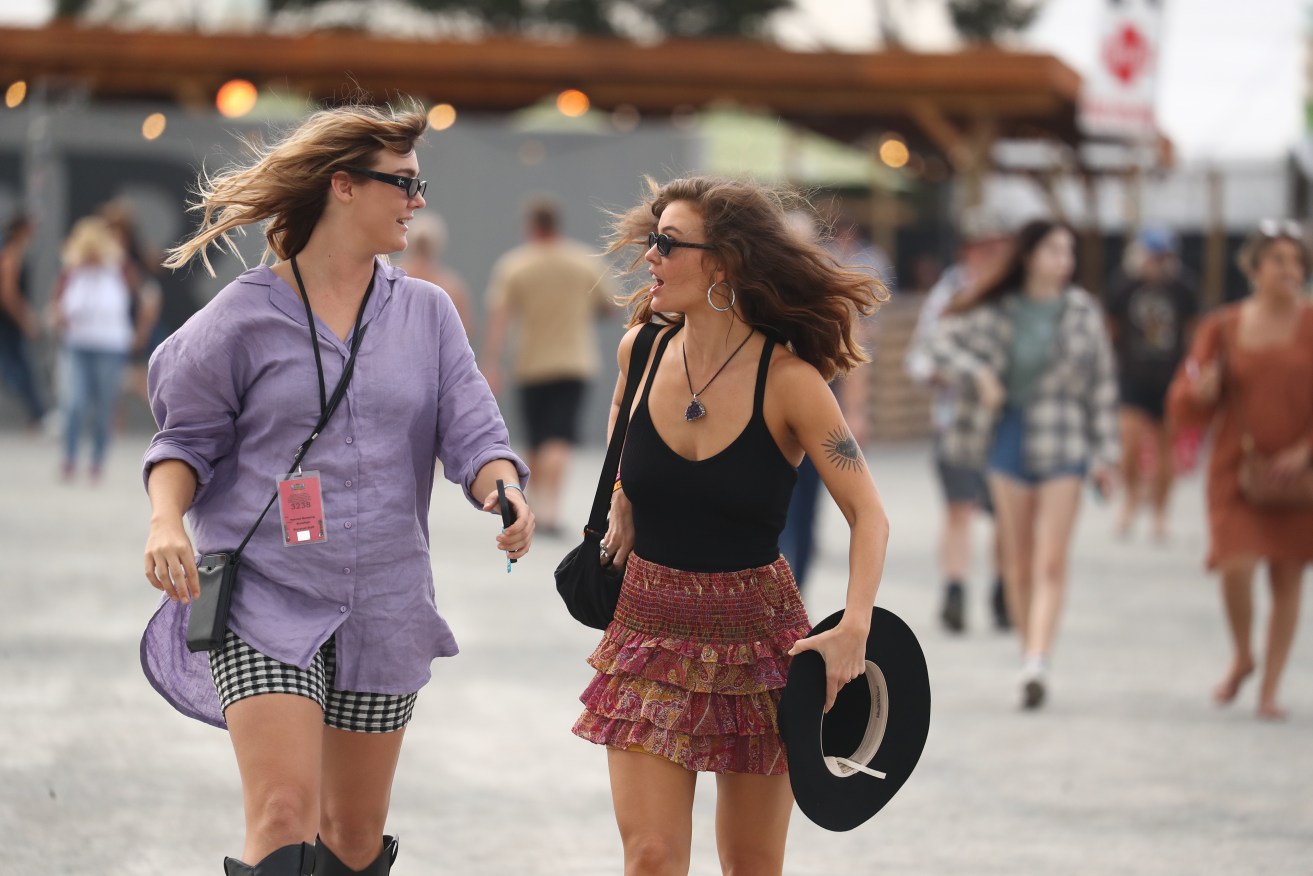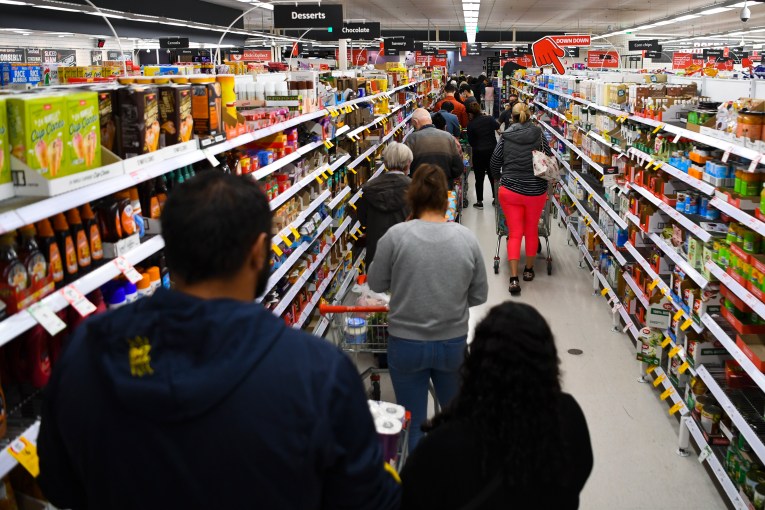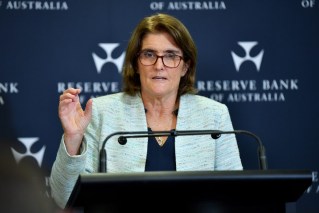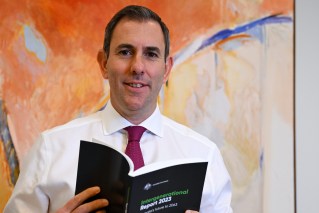Young Aussies cut back on essentials, spending more on holidays and entertainment
Young Australians are reining in their spending more than other age groups and even cutting back on essentials.

Festival goers enjoy the atmosphere during Bluesfest at Byron Events Farm in Tyagarah, NSW, Thursday, April 6, 2023. (AAP Image/Jason O'Brien) NO ARCHIVING
Spending by people aged 25 to 29 on must-haves, such as groceries and pharmaceuticals, fell 3.7 per cent over the year to September, based on Commonwealth Bank payments data.
Discretionary purchases sank by 6.2 per cent for this group, with the demographic more likely to be renting and experiencing sharp hikes in housing costs.
Those in their thirties and forties – and likely to be paying off a mortgage – were also spending less than older generations but the cut back was less severe than for those in their twenties.
The CommBank iQ head of innovation and analytics Wade Tubman said young people were found to be cutting back on things like homewares and clothes to save their pennies for entertainment, including films and sporting events.
“We’re seeing consumers in their twenties cut back spending but still leave room to fund experiences.”
This was a trend observed across all demographics, with travel spending up 8.2 per cent and entertainment purchases up 8.6 per cent.
“Given the most recent rate rise, it will be interesting to continue to monitor these trends, as we expect to see a dampening of the post-COVID experience spending preference,” Mr Tubman said.
The spending slowdown recorded over the quarter was most pronounced in the major cities, which had experienced the sharpest increases in rents and mortgage costs.
Regional areas were generally spending more than their city counterparts, reflecting higher housing costs for urban households.
Total year-on-year spending per person was growing but more slowly than inflation was increasing.
This was true across all age groups except retirees, where spending grew a little faster than prices were increasing.
Those over 65 recorded a 17 per cent increase in travel spend and an 11 per cent lift in spending at restaurants and cafes.
The decision to lift interest rate by another 25 basis points at the November meeting of the Reserve Bank board may dent spending further by pushing mortgages costs up even higher.
Further insights into the call will be revealed on Tuesday when the RBA releases the minutes from the meeting.
A panel appearance from RBA governor Michele Bullock may shed more light on the central bank’s assessment of the economic conditions, and the likely trajectory for interest rates.











